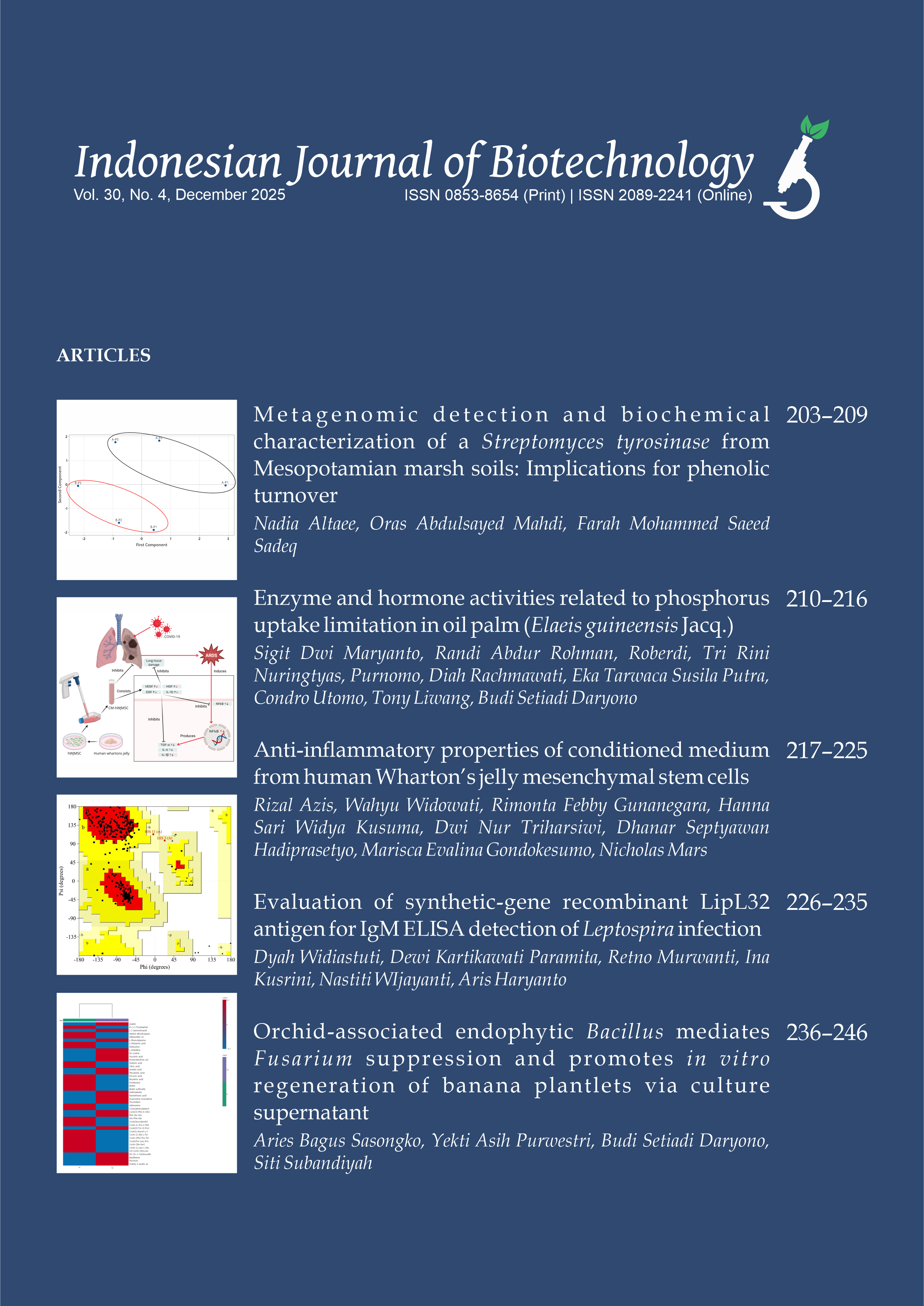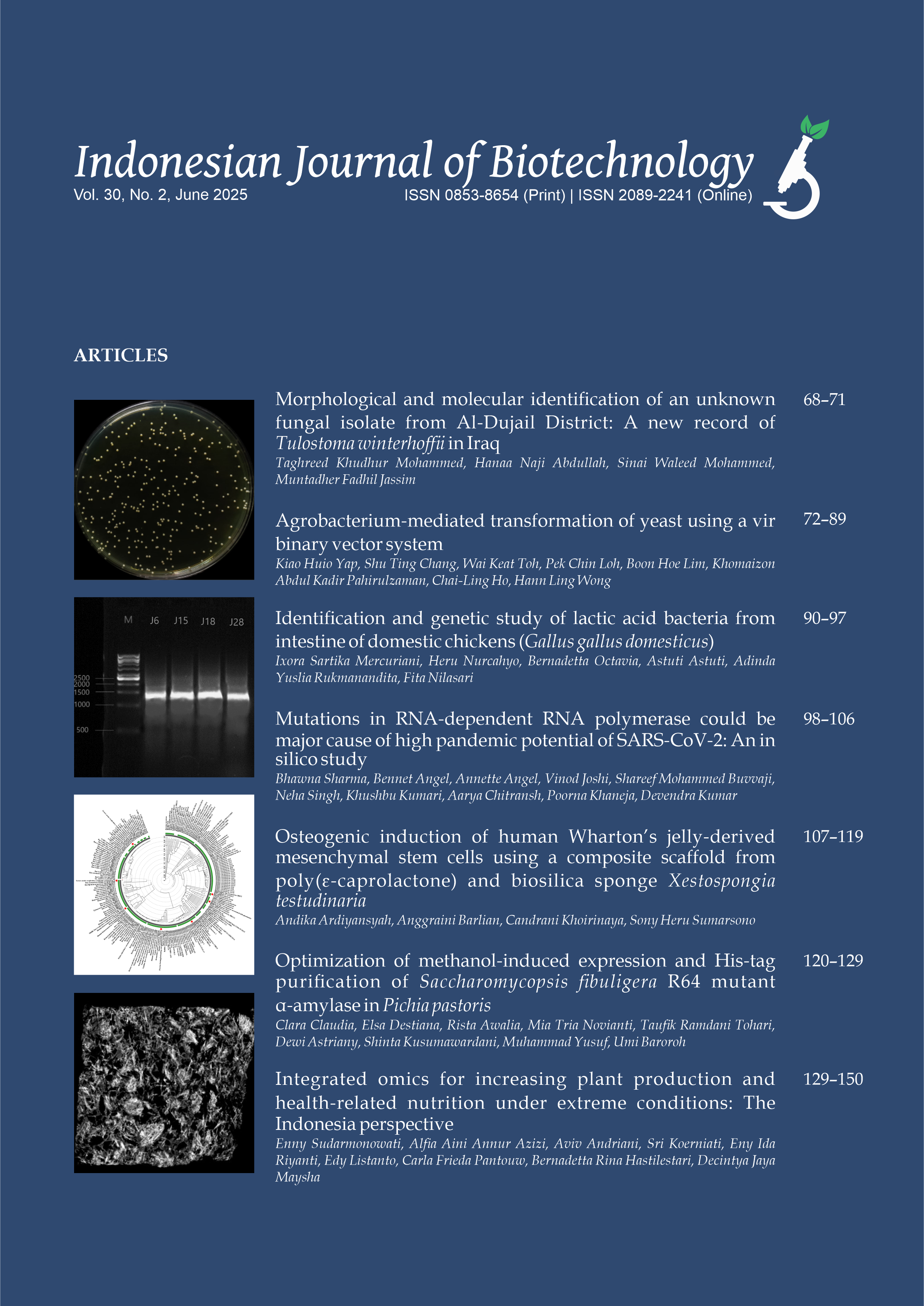Improvement of Seed Orchard Management Based on Mating System of Cajuputi Trees
Noor Khomsah Kartikawati(1*), Mohammad Naiem(2), Eko Bhakti Hardiyanto(3), Anto Rimbawanto(4)
(1) Centre for Forest Biotechnology and Tree Improvement, Yogyakarta
(2) Faculty of Forestry, Universitas Gadjah Mada, Yogyakarta
(3) Faculty of Forestry, Universitas Gadjah Mada, Yogyakarta
(4) Centre for Forest Biotechnology and Tree Improvement, Yogyakarta
(*) Corresponding Author
Abstract
Breeding plan of cajuputi in Indonesia is aimed to increase plantation productivity of oil yield and 1.8 cineole content. Seed orchard of cajuputi at Paliyan, Gunungkidul, established using selected and genetically improved materials, has been producing seeds for operational plantation. This seed orchard would perform optimally if the mating systems of all individuals contribute to the inheritance of all genetic potential of the offsprings. Therefore, investigation of the mating systems of cajuputi was indispensible. The study has been carried out on 10 selected mother trees and the 24 offsprings of each mother trees using 8 microsatellite markers of nuclear DNA, namely Hin-2 (100-132 bp), Hin-4 (79-114 bp), Hin-5 (128-148 bp), Hin-7 (136-224 bp), Sal-1 (93-99 bp), Sal-3 (118-219 bp), Xho-1 (96-111 bp) and Xho-4 (150-216 bp), respectively. The result showed relatively high genetic variation of the offspring (HE=0.602, HO=0.594) originated from parent trees in the seed orchard. Parent trees tend to outcross(tm=0.951, ts=0.806), although seeds originated from biparental inbred (tm – ts = 0.145) and correlated paternity(rp=0.098) have also been observed. This genetically viable population could maintain its reproduction fi tness forshort term and adapt to the dynamic environmental changes for long term. Key words: mating system, cajuputi, seed orchard, microsatellite
Keywords
mating system; cajuputi; seed orchard; microsatellite
Full Text:
PDFArticle Metrics
Refbacks
- There are currently no refbacks.
Copyright (c) 2015 Indonesian Journal of Biotechnology









